Welcome to Shaker Village of Pleasant Hill
Nestled in the heart of Kentucky’s scenic Bluegrass region at 3501 Lexington Rd, Harrodsburg, KY 40330, Shaker Village of Pleasant Hill offers a dive into America’s rich historical tapestry. This 3,000-acre landmark is not just a tribute to the Shaker community, who were pivotal in America’s spiritual and cultural development, but also a hub for those fascinated by the supernatural. Explore the serenity and the mystery of Shaker Village, where history’s whispers are as vivid as its landscapes. Discover more on their official website.

A Glimpse into the Past: The Shaker Legacy
Founded in 1805, Shaker Village was once home to the third largest Shaker community in the United States. The Shakers, officially known as the United Society of Believers in Christ’s Second Appearing, were known for their unique practices which included celibacy, communal living, and simplicity. They were skilled craftsmen and agriculturists, creating a self-sufficient community that flourished in the 19th century. Despite their decline due to societal changes like industrialization, the essence of their community is preserved in over 34 meticulously restored buildings amid rolling farmlands.
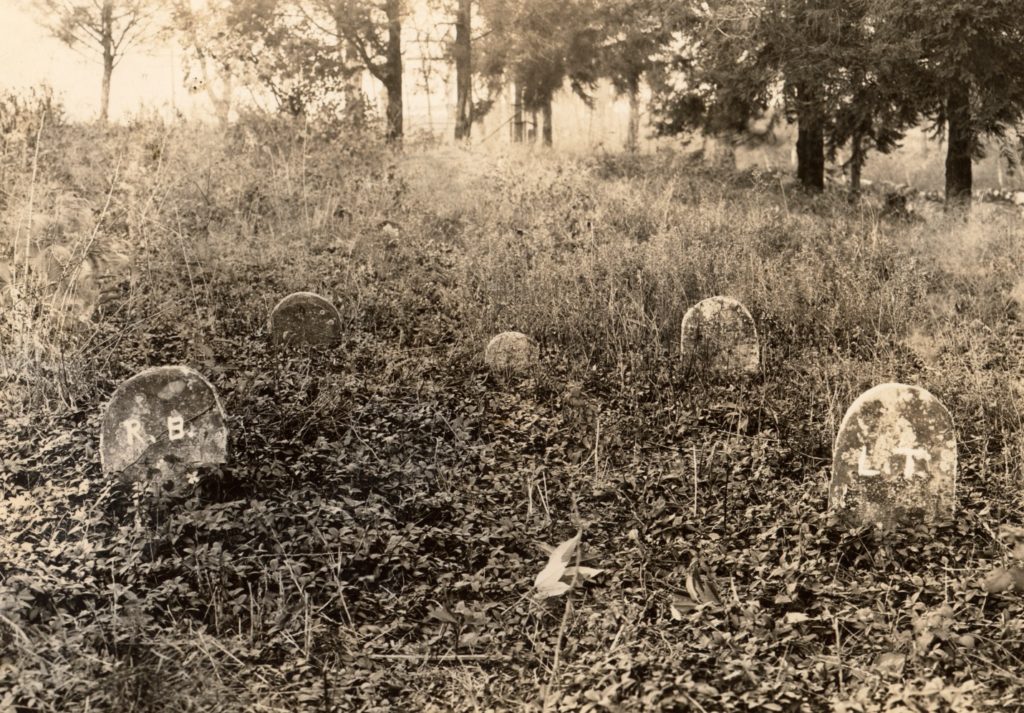
Whispers of the Unseen: Paranormal Shaker Village
As tranquil as it appears, Shaker Village hosts its share of ghostly tales. Reports of spectral figures, eerie sounds, and unexplained phenomena contribute to its reputation as a haunted location. From the sounds of unseen congregations singing to the sightings of Shaker apparitions, the village is a focal point for paranormal enthusiasts. Whether these occurrences are playful echoes of the past or mere products of the imagination, they add a thrilling dimension to visits.

Experience Shaker Village
Whether drawn by history or mystery, visitors to Shaker Village of Pleasant Hill can explore a variety of experiences. Engage with the past through interactive tours, crafts demonstrations, and nature trails that highlight the Shakers’ connection to the land. Or immerse yourself in the mystery with a nighttime ghost tour, where the tales of the paranormal come to life.
Shaker Village is not just a step back in time; it’s a step into the stories and spirits of those who once lived there. It’s a place where the past is present, and the unseen is just a glance away.




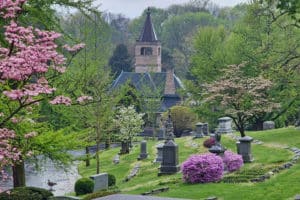

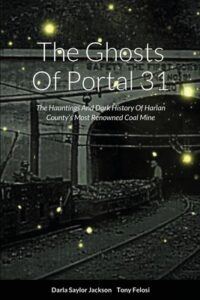
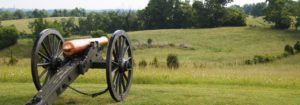

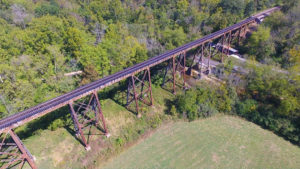
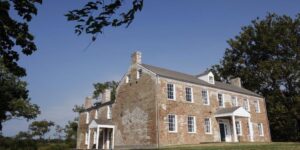



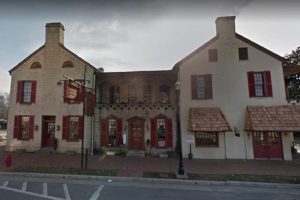
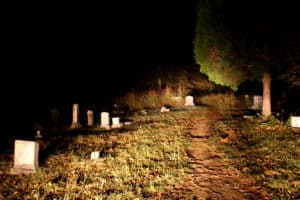

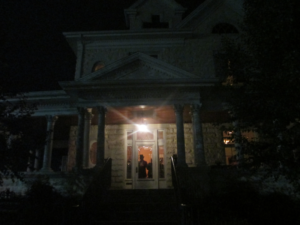
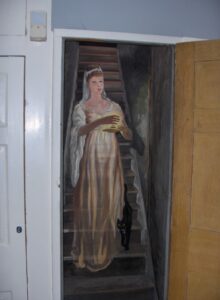
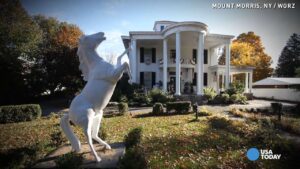
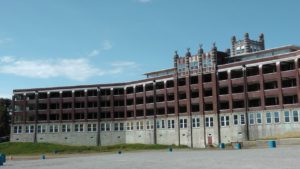
Leave a Reply